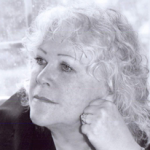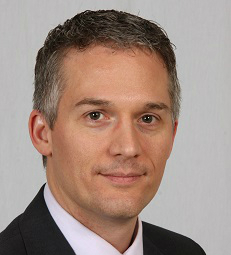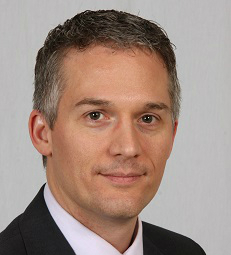When I entered the substance-use field as an outpatient counsellor many years ago, I thought my biggest challenge was to concentrate on what the client was trying to communicate to me as being their main issue. It turns out I was only partially correct in this assumption. In actuality, the biggest challenge was to make some sense of how funding and resource decisions were being made to support the development or growth of different services for the people we serve at the larger systems level.
It turns out I wasn’t alone in my belief of the apparent complexities in understanding how “funders” (for example, various government ministries) chose to fund the “providers,” such as day treatment, detox, or outpatient support. It seemed to me the process might be comparable to entering a large supermarket and randomly going down the aisle picking up products based on their packaging — colourful, enticing, or currently popular — which are some of the least essential things to consider when grocery shopping. It’s far more important to consider things like value, need, listed ingredients, quality, and budget.
Haphazard shopping might be the best descriptor for the majority of British Columbia’s treatment systems planning and funding over the past many years. Influences like strong advocates and lobbying by certain groups to get funding for their service; quick fixes being advertised for “emerging” drug issues; political decisions not necessarily based on evidence; changes in government; and perhaps even some measure of favouritism have all come in to play when selecting what to fund, who to fund and where that resource should go.
However, despite this seemingly disorganized landscape, hope recently emerged with the implementation of the Drug Treatment Funding Strategy put forth by Dr. Brian Rush and his associates at Centre for Addiction and Mental Health (CAMH) in Toronto. Their team put together a National Advisory Committee of representatives from every province and territory, developing a Needs Based Planning (NBP) model for substance use services. Based on a population health foundation, and utilizing a Delphi process (where subject matter experts assign percentages to each type of service category and then build consensus to settle on the final numbers), formulas were developed which allowed systems planners to plug in their utilization rates to identify gaps across residential, withdrawal management and community services.
Imagine being able to utilize a more scientific based process to determine gaps, needs and resource allocations for substance use treatment services in BC! Thanks to this team, each province now has a model that examines the gaps, considers available resources, and includes community and population characteristics to make better decisions on the development, implementation and placement of various substance use treatment services and supports. Work is already underway to apply this model to our substance use treatment services in BC so we can start being strategic and doing some “needs based” shopping!
Author: Sherry Mumford, Director, Substance Use services, Mental Health and Substance Use program, Fraser Health
**Please note that the material presented here does not necessarily imply endorsement or agreement by individuals at the Centre for Addictions Research of BC.




